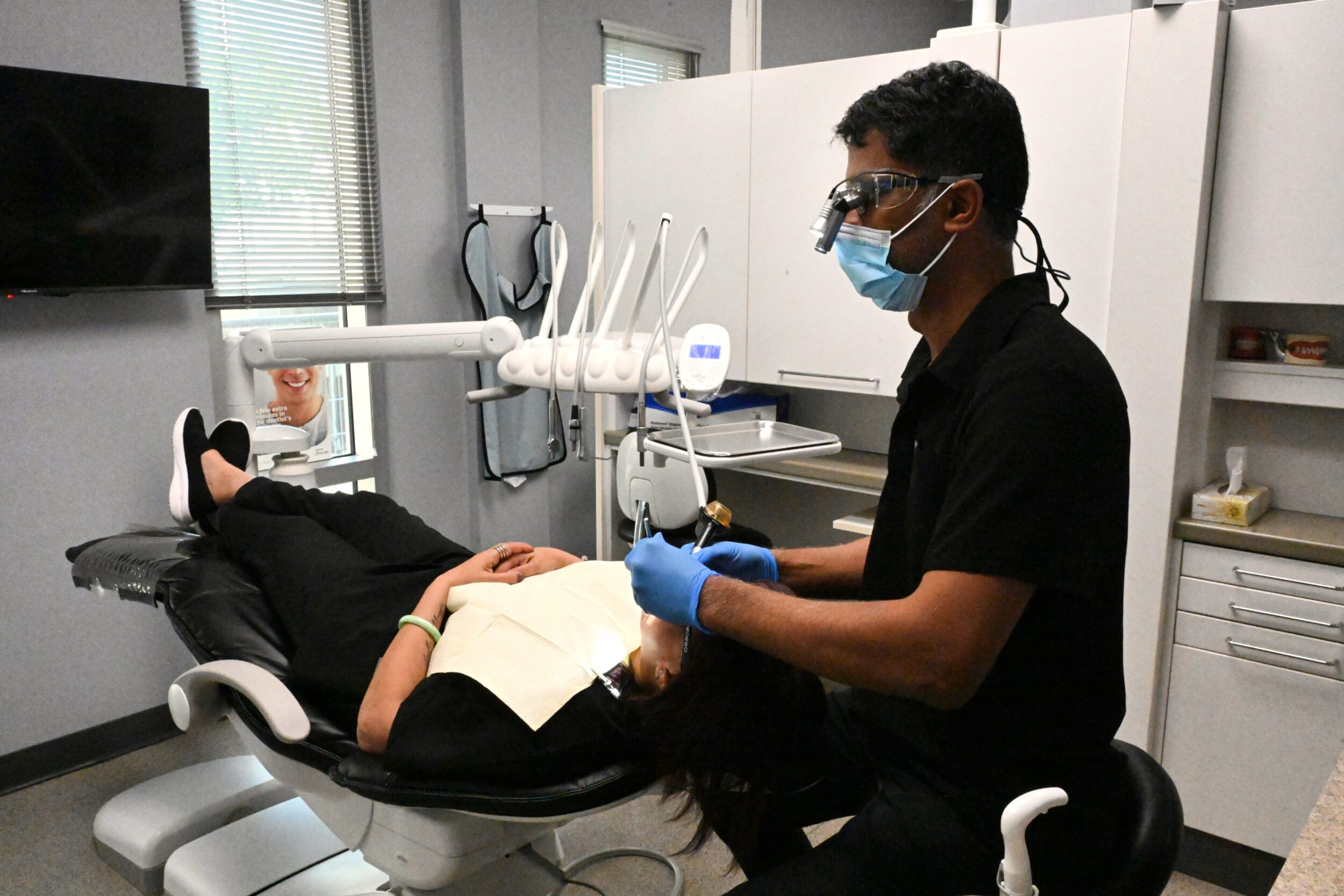When Will My Baby Start Getting Teeth?
In the second trimester of pregnancy (around 16-20 weeks), primary teeth begin to grow. An expectant mother should eat a healthy, nutritious diet during this time, since nutrients are essential for the development of bone and soft tissues.
Although there are some differences between individuals regarding the timing of the eruption of primary teeth, primary teeth usually appear between the ages of six and eight months. The primary teeth will emerge by the age of three in a total of twenty sets.

It is recommended that a child receive their first “well-baby” dental visit around the age of twelve months (or six months after the first tooth emerges). As well as getting the baby used to the dental office, this visit allows the pediatric dentist to monitor development and gives parents a chance to ask questions.
What is the first tooth to emerge?
Children tend to emerge with pairs of teeth at the front of their mouths. The two lower central incisors break through between the ages of six and ten months. In order to prevent cavities from developing between two adjacent teeth, flossing should be initiated at this point.
Approximately eight to twelve months after the eruption of the lower central incisors, the two upper central incisors will emerge (sometimes simultaneously). The process of teething can be quite uncomfortable for the infant. The irritation and discomfort associated with teething can be eased with cold damp cloths and clean teething rings.
In the period between nine and sixteen months, the upper lateral incisors emerge – one on each side of the central incisors. It is also around this time that the lower lateral incisors emerge, which means that the infant has four adjacent teeth on both the lower and upper arches. Pediatric dentists recommend that toddlers stop using sippy cups at the age of fourteen months. As a result, the risk of “baby bottle tooth decay” is minimized.
There are eight more teeth that break through between the ages of thirteen and twenty-three months. Each lateral incisor is immediately adjacent to a cuspid or canine tooth. On both jaws, first molars will emerge immediately behind (looking toward the back of the child’s mouth).
Finally, the lower arch is usually the first one to receive a second set of molars. Before the age of thirty-three months, most children have a complete set of twenty primary teeth. It is common for pediatric dentists to apply dental sealants to the molars in order to prevent food particles, bacteria, and acids from attacking the enamel.
In what ways can I reduce the risk of early caries (cavities)?
In addition to preserving space for permanent teeth, primary teeth also serve as a guide to their alignment in the future. Additionally, primary teeth contribute to the production of speech, prevent the tongue from protruding abnormally, and play an important role in chewing. As a result, it is critically important for the child to learn how to take care of his or her newly emerging teeth.
The following tips may be helpful:
- Two brushings a day are recommended
According to the AAPD, children under the age of two should use a pea-sized amount of ADA-approved toothpaste (non-fluoridated), and children over this age should use the same amount of ADA-approved toothpaste (fluoridated). For infants, a soft-bristled toothbrush is recommended. - Make flossing a habit
Flossing an infant’s teeth can be difficult, but it should begin as soon as two adjacent teeth emerge. It is the pediatric dentist’s pleasure to demonstrate proper flossing techniques. - Maintain a balanced diet
Sugars and starches fuel oral bacteria, which produce harmful acids and damage tooth enamel. Make sure the child eats a balanced diet and reduces sugary and starchy snacks. - Set a good example
Children are often more likely to follow their parents’ example when it comes to brushing and flossing. Make sure the child understands the importance of good oral health; age-appropriate books are often helpful. - Get a dental checkup
Pediatric dentists monitor the development of children’s teeth, provide professional cleanings, apply topical fluoride to teeth, and coat molars with sealants. It is beneficial to visit the dentist twice a year in order to prevent a variety of painful conditions in the future.
Please contact your pediatric dentist if you have any questions or concerns regarding your child’s teeth.